Orange Tip Butterfly (Anthocharis cardamines)
The Orange Tip Butterfly (Anthocharis cardamines) is a distinctive and widespread butterfly from the family Pieridae. Renowned for its bright orange wing tips in males, this species is a true harbinger of spring, commonly found in open habitats across Europe and Asia. Its preference for specific wildflowers makes it an important pollinator and a beloved sight in the natural world.
Physical Description:
- Wingspan: 40–50 mm.
- Males:
- Forewings are white with a vivid orange patch near the tips, bordered by black.
- Hindwings are white with subtle greenish-gray mottling on the underside, providing excellent camouflage.
- Females:
- Lacking the orange tip, females have black-tipped forewings with similar white and greenish-gray patterns.
- Body:
- Slim and covered in fine hairs, colored to match the wing patterns for camouflage.
Behavior:
- Activity: Diurnal, with peak activity during warm, sunny days in spring and early summer.
- Flight: Fast and fluttery, often low to the ground.
- Feeding: Adults feed on nectar from wildflowers, favoring species such as cuckooflowers (Cardamine pratensis) and garlic mustard (Alliaria petiolata).
- Mating: Males are territorial and actively patrol for females, making them highly conspicuous during their flight season.
Habitat:
The Orange Tip thrives in a variety of open and semi-open habitats, including:
- Meadows: Especially those with plenty of flowering plants.
- Woodland edges and clearings: Where host plants are abundant.
- Roadside verges: Rich in wildflowers.
- Riverbanks and marshy areas: Associated with damp habitats where cuckooflowers grow.
Distribution:
- Found across most of Europe, extending into Asia and parts of North Africa.
- Common in temperate regions and absent from very arid or cold climates.
Life Cycle:
- Eggs:
- Laid singly on the flower buds or stems of host plants like cuckooflowers and garlic mustard.
- Eggs are initially white, turning orange as they mature.
- Larvae:
- Green with a faint white stripe along their sides, providing camouflage among the host plant.
- They feed on flowers and seed pods.
- Pupae:
- The chrysalis is angular and green or brown, mimicking a plant stem or twig.
- Pupae overwinter, emerging the following spring.
- Adult:
- Adults emerge from April to June, depending on local climate conditions.
Ecological Role:
- Pollination: By feeding on nectar, Orange Tips contribute to the pollination of wildflowers.
- Prey: Both larvae and adults serve as food for birds, spiders, and other predators.
- Host Plant Dependency: The butterfly’s reliance on specific plants underscores its role in plant-insect interactions.
Conservation Status:
- Listed as Least Concern due to its wide distribution and adaptability.
- Threats include habitat loss from agricultural intensification and the use of herbicides that reduce host plant availability.
- Preservation of wildflower-rich meadows and natural landscapes is crucial for its continued success.
Interesting Facts:
- Sexual Dimorphism: The striking orange tips are exclusive to males, making them easily distinguishable from females.
- Camouflage Mastery: The mottled underside of the hindwings provides excellent camouflage against foliage and flower buds.
- Sign of Spring: The Orange Tip is often one of the first butterflies seen in spring, symbolizing the arrival of warmer weather.
Summary:
The Orange Tip Butterfly (Anthocharis cardamines) is a vibrant and ecologically significant species that signals the arrival of spring in many regions. With its striking appearance and vital role in pollination, it highlights the beauty and importance of conserving wildflower-rich habitats.
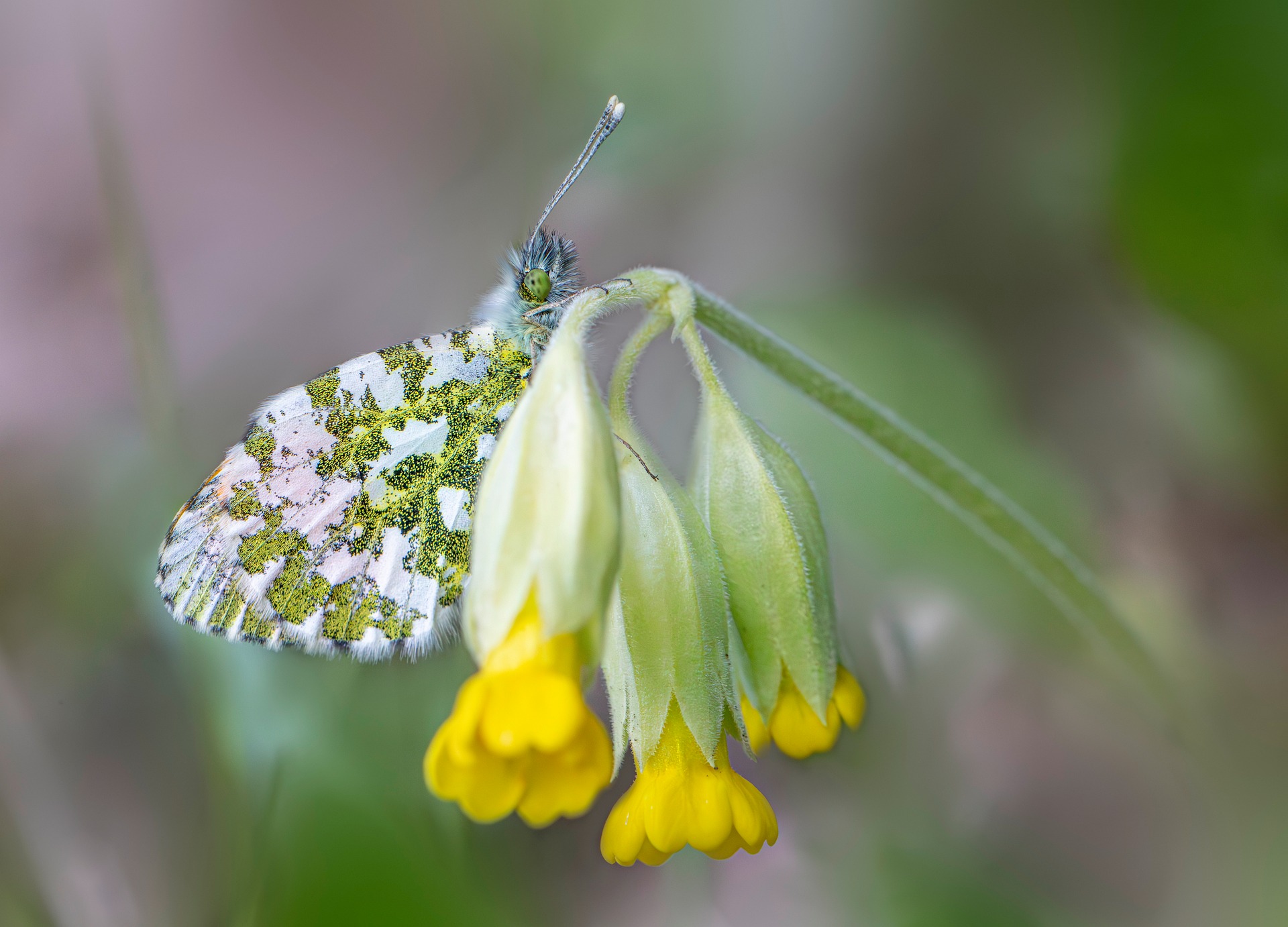

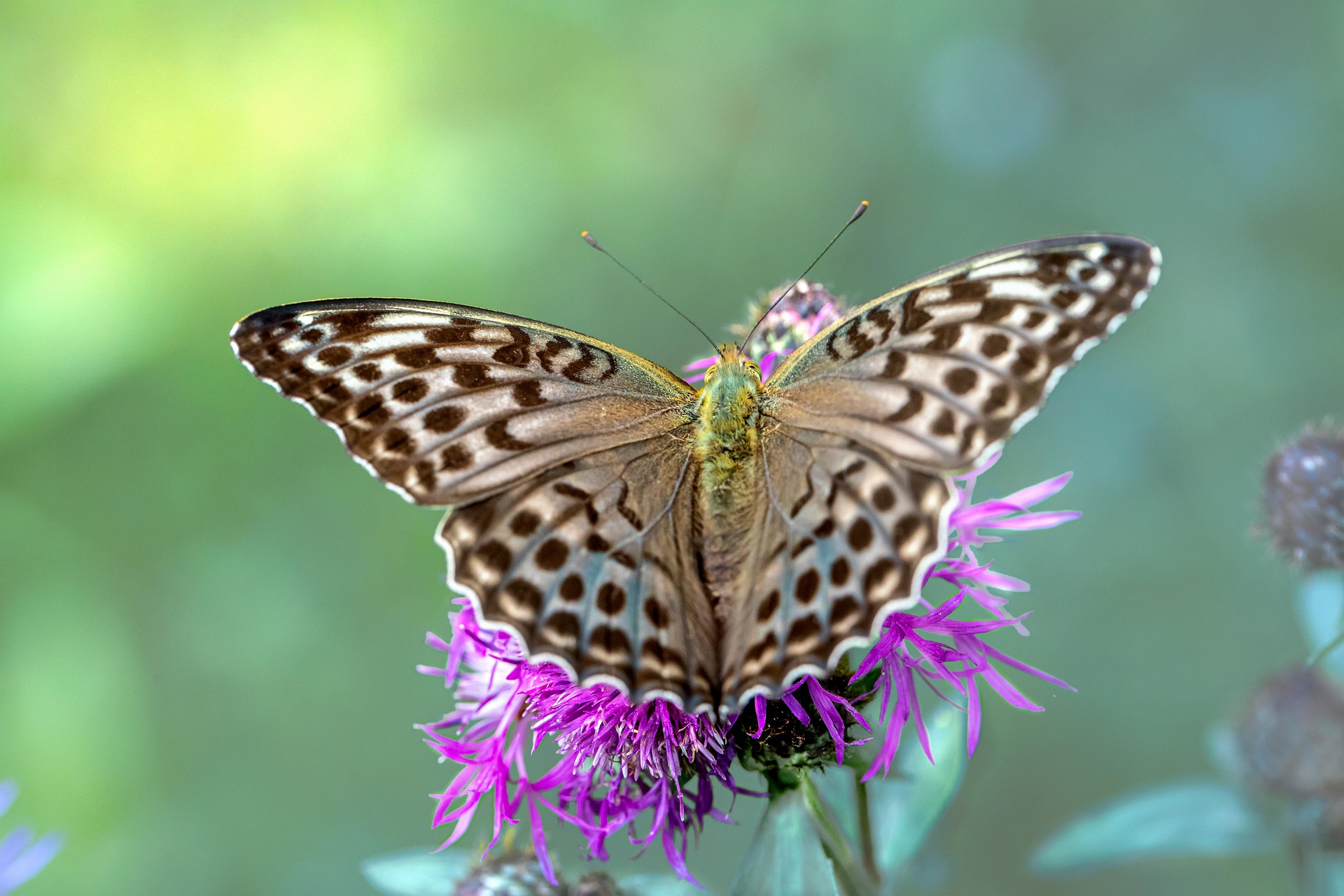

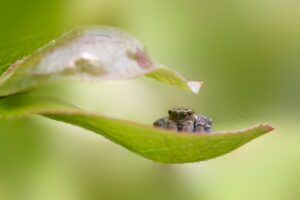
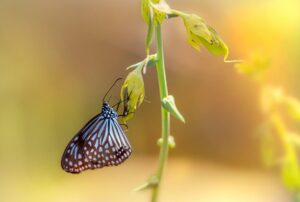
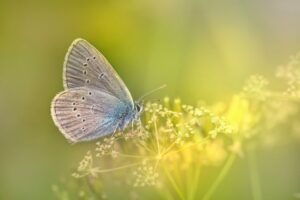
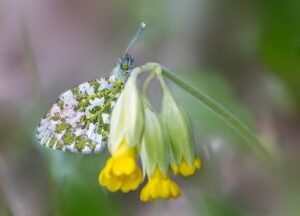
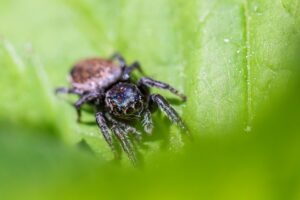
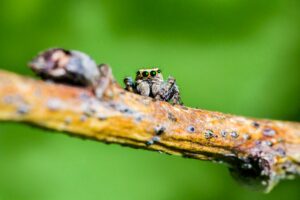
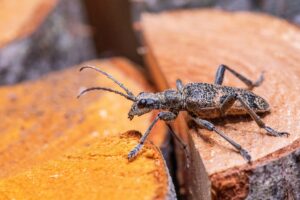
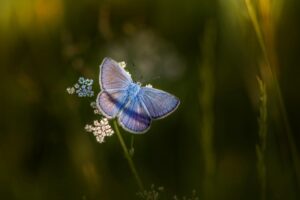
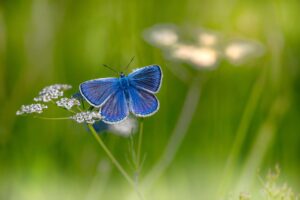
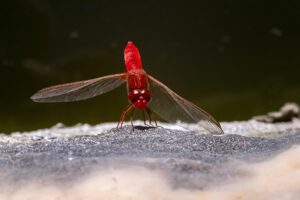
Post Comment